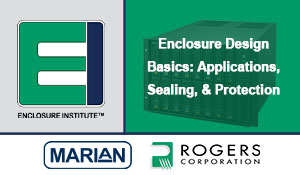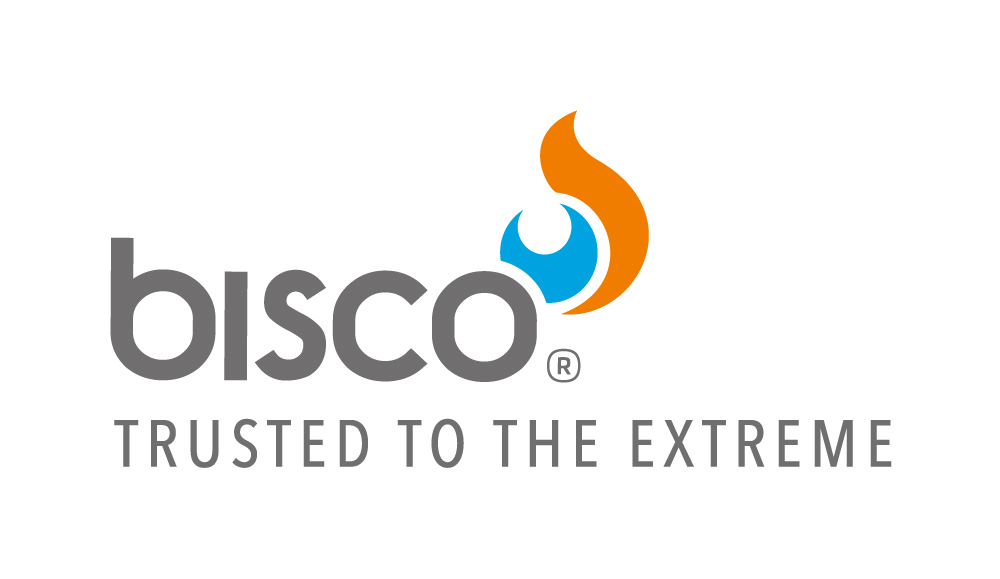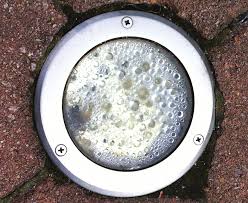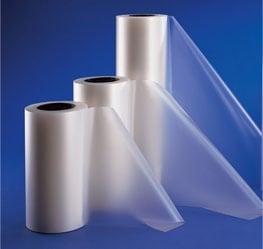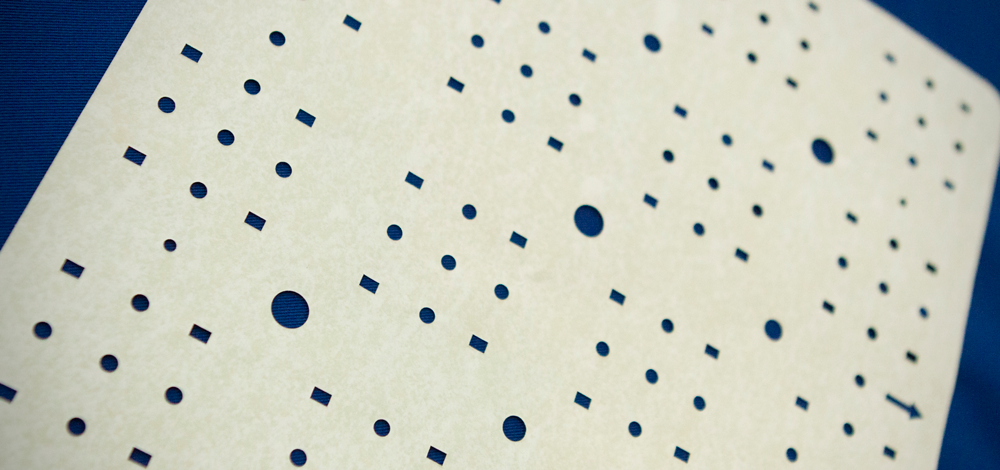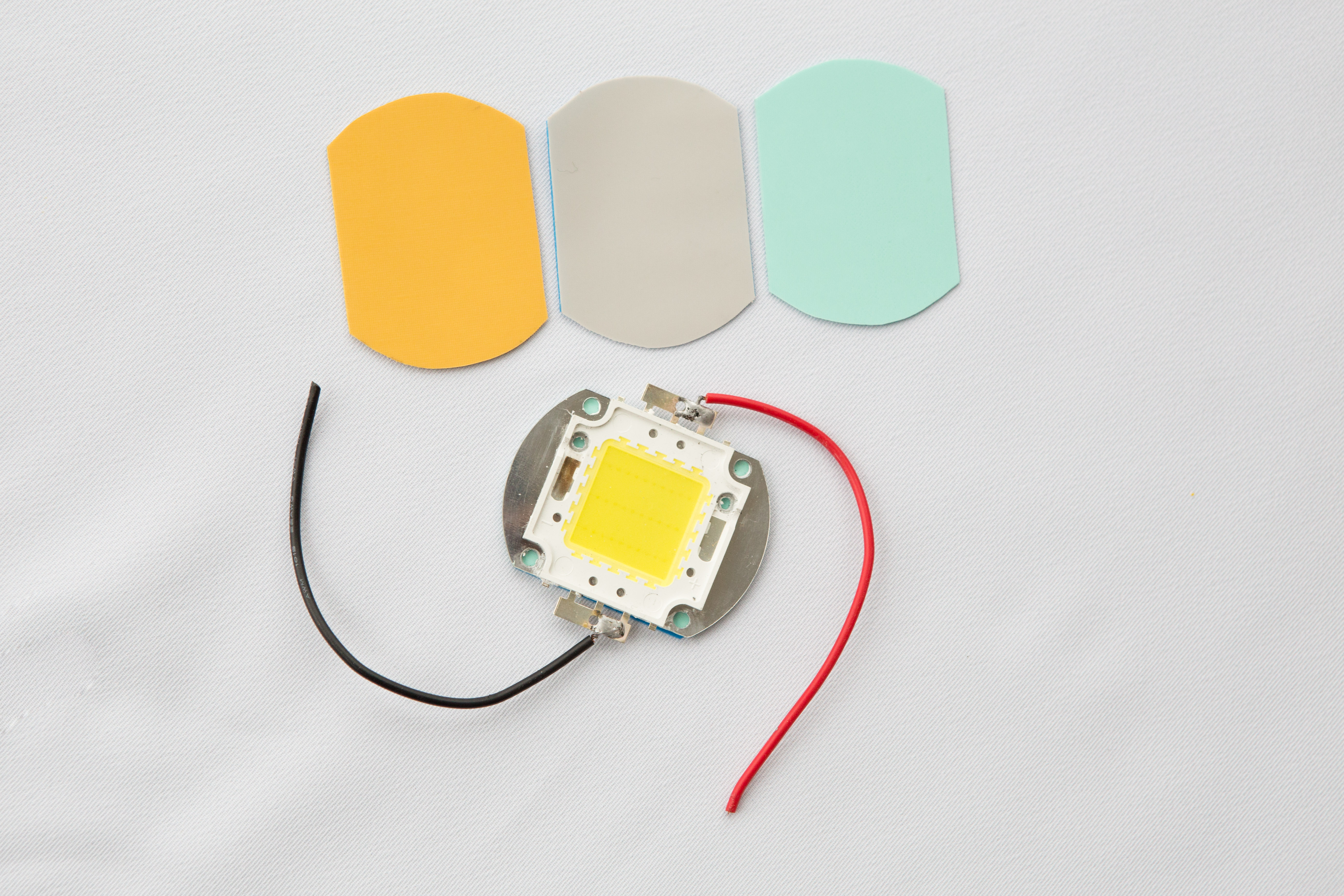What exactly are enclosures—and why does sealing matter so much? In this foundational blog from the Enclosure Institute™, we break down the role of enclosures across a range of industries, from EV charging to medical devices.
Enclosure Design Basics: Applications, Sealing, & Protection
Posted by Ben Hvidston
April 24, 2025 9:00 AM
Topics: Foams, EMI Shielding, IP Rating, LED Lighting, BISCO Silicone, PORON, Medical Device, Ingress Protection, Gasket, Electronics, Enclosure Institute, Seals, Enclosures, Rogers Corporation, Data Center
Digital displays are an integral part of modern vehicle dashboards, household appliances, consumer electronics, and more. In applications like thermostats, cell phones, smart watches, and vehicles, displays allow a simplified, interactive experience for users. To make these digital display assemblies, manufacturers require a variety of die-cut components that, when combined, come together to make an impressive display that provides extreme clarity and a user-friendly experience, which we highlight below.
Topics: Thermal Management, EMI Shielding, LED Lighting, Die Cutting, 3M, Thermal Pad, TIM, Gasket, PSA, Assembly, Thermal Gap Filler Pads, Polymer Science, Converting, Films, Electronics, Thermal Gap Pad, Tesa, Displays
Material Spotlight: BISCO HT-800 Medium Silicone Foam
Posted by Katie Sullivan
May 27, 2020 12:02 PM
Per the Rogers Corporation Website, Rogers “BISCO® HT-800 Medium Cellular Silicone offers the lightness of foam with the enhanced sealing capabilities of sponge rubber.” In this post, we'll dive a little deeper into this excellent material.
Topics: Foams, LED Lighting, BISCO Silicone, Silicone
PTFE Membrane Vents for Protecting LED Lighting Enclosures
Posted by Katie Sullivan
March 16, 2016 10:27 AM
PTFE membrane vents are made of hydrophobic microporous materials. This amazing PTFE material is designed to allow air to pass through while acting as a firm barrier to water and dust.
Outdoor LED Lighting enclosures contain electronics assemblies that must be protected from the elements (rain, dirt, debris). As LED lights operate, they generate heat. As the enclosure heats up and cools down through the cycle of operation, the internal pressure changes. Without the ability to relieve this pressure, the enclosure can sustain damage and condensation can form. Both situations can be detrimental to the successful operation of the LED lighting system.
PTFE membrane vents are a cost-effective way to protect your LED product. They keep dust and liquids out of the enclosure and relieve positive pressure or negative pressure within the enclosure.
Topics: IP Rating, LED Lighting
Bend, Blend, and Reshape Light with Luminit Light Shaping Diffusers
Posted by Katie Sullivan
February 9, 2016 9:30 AM
What is a Light Shaping Diffuser?
Manufactured by Luminit - LSDs are light-diffusing films with patented holographic patterns embedded into optically clear polycarbonate or polyester sheets. These innovative materials homogenize and directionally shape light with high-transmission efficiency. Applications that could benefit from this technology are LED lighting, architectural lighting, recessed downlighting, signs & displays. Light-diffusing films are available with three types of angles: circular, elliptical, and linear.
- Circular spread a light source into a larger circular pattern, and for this reason, they are used widely across many industries.
- Elliptical diffuser angles include 80 x 50, and 60 x 10. Common applications include hallways and specialty lighting that highlights a specific area.
- Linear diffusers, typically 60 x 1 (60 along the width, and 1 along the length) are commonly used in applications where light must be diffused into a line (for example, a bar code scanner).
Topics: Manufacturing, LED Lighting
What is 3M™ FRB?
It is thin flexible insulation made primarily of inorganic materials that is easily converted. The 3M™ FRB barrier material provides very high flammability and ignitability resistance, excellent arc and track resistance, good dielectric strength, and good thermal performance to safely contain electrical hazards.
Topics: LED Lighting
Outdoor LED lights are subject to a wide range of environmental elements and must be designed to withstand these hazards for the long life of LEDs. There are many components included in an outdoor lighting assembly, and one of the most important elements is a gasket. When choosing a material for an outdoor lighting gasket, it's imperative to understand the mechanics of an outdoor lighting fixture.
Topics: LED Lighting, Silicone, Gasket
Thermally Conductive Materials in LED Assemblies
Although LEDs are considerably more efficient than traditional lighting forms, they do still produce heat. This heat can have an adverse effect on the LED and therefore must be managed to ensure the true benefits of this technology are realized. If excessive junction temperatures are reached, particularly above the maximum operating temperature of the LED (~120-150˚C), a non-recoverable effect could occur, leading to complete failure. Operating temperature is directly related to the lifetime of the LED; the higher the temperature, the shorter the LED life.
Topics: Thermal Management, LED Lighting

